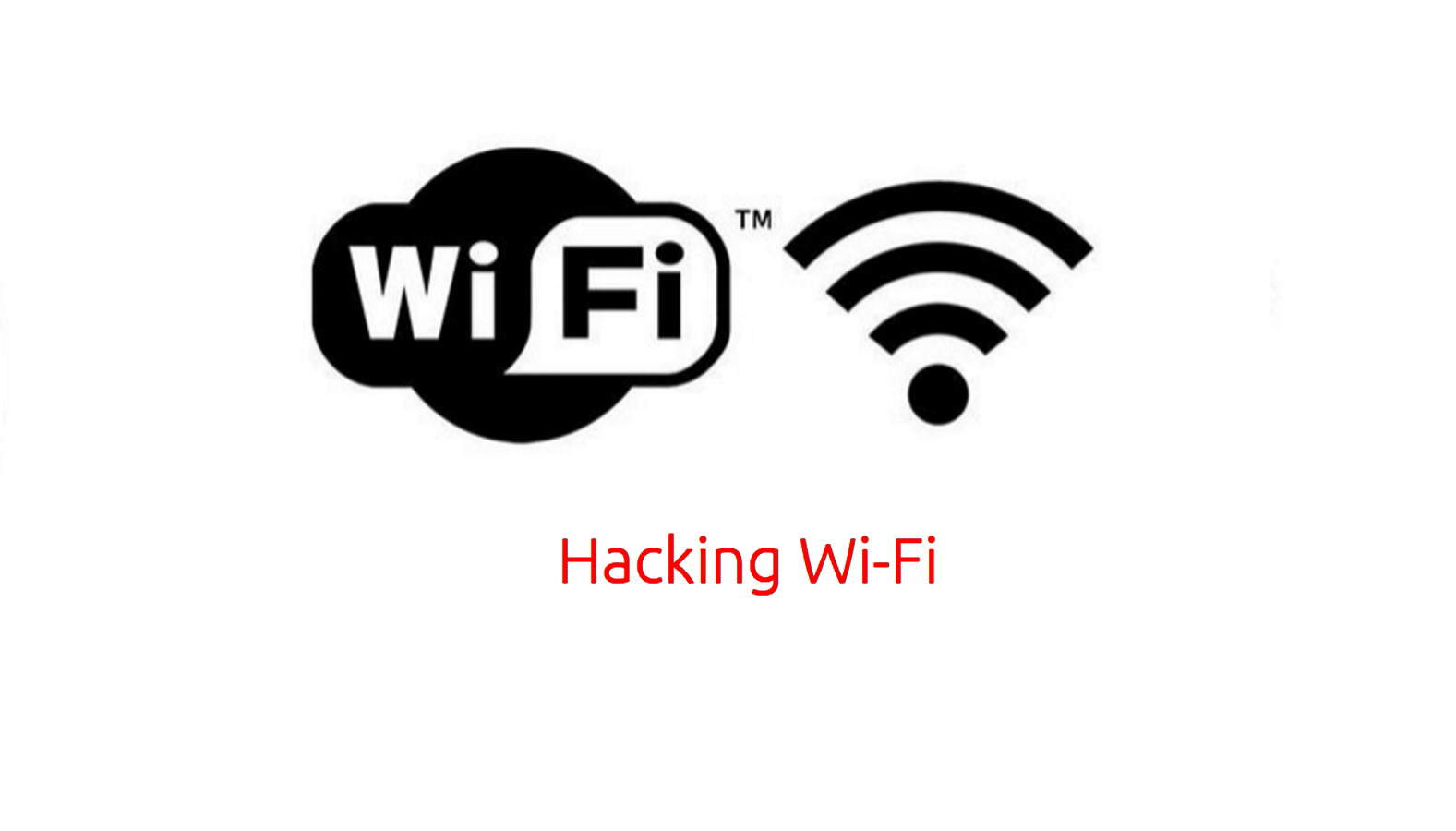Taqueriaelpatronbrooklyn – It is crucial to secure WiFi Hacking networks so that negligent individuals cannot quickly hack them since doing so might impede your surfing experience.
This will have a significant impact on how quickly you can access the Internet. The percentage of each device becomes smaller as the network connection gets stronger, which might cause the connection to slow down.
Therefore, when someone breaks into WiFi, the experience of viewing the internet may be diminished. Not to mention the possibility that they could unintentionally use more of the connection if they download things that are arbitrarily huge.
Fortunately, it’s not too difficult to secure WiFi networks from hackers. Here is a brief explanation for people who are unfamiliar with how to accomplish it.
How to Make WiFi Hacking Challenging
1. Frequently Change Your Password
routinely change your passwords being the first action we can do to safeguard WiFi. Hackers will struggle to access the network as a result of being unable to repeatedly utilize the same character set.
Of course, avoid being reckless as much as you can. Any account setup should require the creation of a password utilizing a strong character set, such as staying away from names or birthdays.
To make it more difficult for future hackers to access with a random password, we may additionally mix at least eight capital and lowercase characters, numbers, and symbols.
2. Modify The SSID If Required
When updating the password, we may also need to update the SSID (Service Set Identifier), which is the WiFi name. Making it more difficult for burglars to locate our network is the aim.
Because most contemporary WiFi encryption systems employ the SSID as a method to defend the network from password cracking, the degree of security may be increased by altering it.
Common WiFi network names should not be used, much like passwords. There is nothing wrong with making your neighbors or friends laugh when you use a lengthy and complicated SSID.
3. Use Security That is WPA2 or WPA3
Speaking of encryption, thankfully many contemporary products, such MiFi, routers, and even mobile phones, come with WPA2 or even WPA3 while using WiFi.
For those who are unaware, WPA (WiFi Protected Access) is a more secure variant of WEP (Wired Equivalent Privacy) since it provides fixes for a number of flaws in the established encryption mechanism.
Although WPA2 or WPA3 are often used to make WiFi connections for most current devices, it’s a good idea to double-check this since WEP network encryption is still widely used.
4. Deactivate WPS Features
Wi-Fi Protected Setup, or WPS, may make life simpler for us. This function will enable a number of new devices to join to the network without the need to input complicated passwords by just pushing an unique button on the router.
Unfortunately, robbers may also take advantage of this ease. The default code from WPS is simple to scramble, and so far there are several programs that can be used to achieve this. Physical keys are also simpler to use than passwords.
It may have occurred to us to try changing the WPS code in the router’s settings. But I want to remind you once again that this physical button enables quick burglary, particularly if the gadget is put in a location where it is simple to reach.
5. Advantages of MAC Address Filters
Generally speaking, adding a WiFi connection to the router also offers the MAC address filtering capability. It may also be used to manage the permitted device list.
In this situation, depending on the MAC address, which will be unique or distinct from each other, we may compile a list of devices that we wish to restrict or allow access to the WiFi connection for.
If we already know the hackers’ MAC address, we may prohibit the device using the blacklist option. If you don’t already know, use the whitelist option to provide access to family members or relatives, or vice versa.
6. Modify Your WiFi Administrator Password
Particularly if the manufacturer or model is comparable, the administrator account for WiFi settings on many routers has almost identical fundamental options. Therefore, it has to be replaced so that criminals cannot simply take advantage of it.
Since anybody can easily tamper with WiFi settings, including passwords, SSID names, and even adding devices to MAC address filters if they know them, the administrator account, as we all know, performs the most crucial function.
The Administrator account settings should be just as secure as the WiFi password and SSID. The default router settings for both the name and password should not include the term “admin.”
Please note that the UI and feature labels vary across devices. As a result, sometimes we need to consult each brand’s help website to learn more about how to carry out some of the aforementioned tasks.







